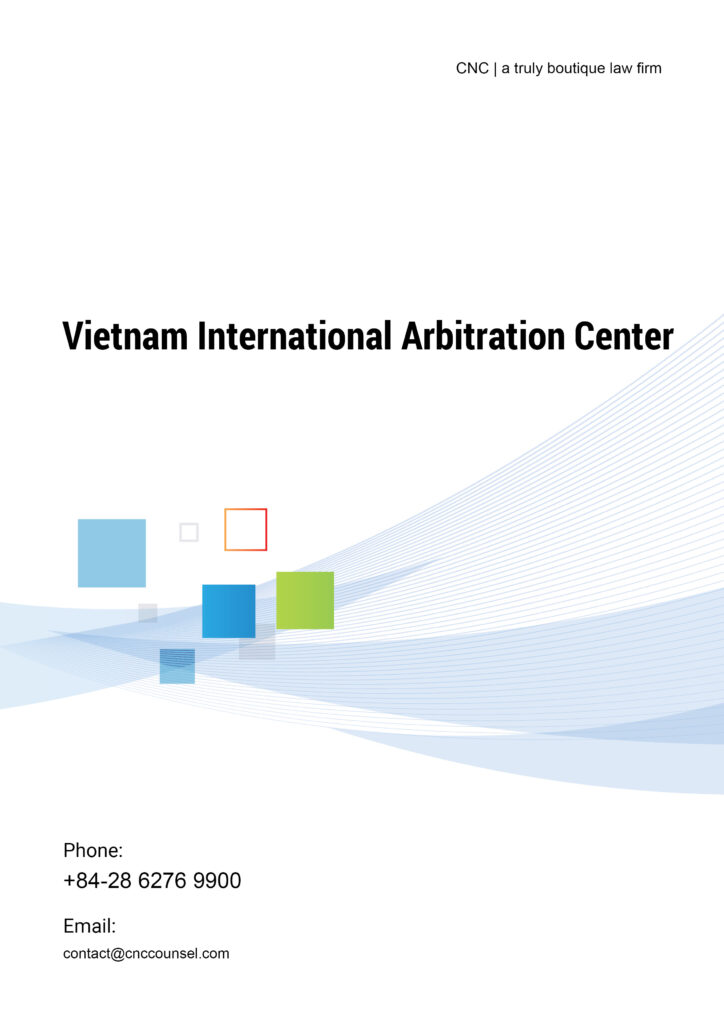Introduction – Vietnam International Arbitration Center – Dispute Resolution
Recently, Dispute Resolution at the Vietnam International Arbitration Center (“VIAC”) has been receiving significant attention from clients.
Therefore, CNC is introducing Clients and potential clients to the article entitled Vietnam International Arbitration Center – Dispute Resolution to support Clients and potential clients in:
- Having a better understanding of the Procedures for Dispute Resolution at VIAC; and
- Having a better understanding of cost, time limits; number of copies for submission, appointment of arbitrators, etc.
- Taking note of the experience and significant legal issues during the dispute resolution process at VIAC
Simultaneously, via this article on Dispute Resolution at the Vietnam International Arbitration Center, CNC hopes that Clients will:
- Selecting the appropriate dispute resolution body for their specific business activities
- Fully comply with the steps and procedures to best protect their own benefits.
The comparison of the Procedures for Dispute Resolution at the Vietnam International Arbitration Center with other credible arbitration institutions worldwide, such as the Singapore International Arbitration Center (SIAC), the Hong Kong International Arbitration Center (HKIAC), International Chamber of Commerce (ICC) shall be introduced in another article
Abbreviations
For ease of reading, CNC uses the following abbreviations:
- Center, or VIAC refers to the Vietnam International Arbitration Center[1]
- ICC means International Chamber of Commerce[2]
- ICC Court means ICC International Court of Arbitration[3]
- SIAC means the Singapore International Arbitration Center[4]
- 2017 VIAC Rules or VIAC Rules or Rules refers to the Rules of Arbitration of the Vietnam International Arbitration Center, which has been in effect since 01/03/2017[5]. The official language of the Rules and also the language of the version used by CNC as the reference basis in this article on Dispute Resolution at the Vietnam International Arbitration Center is Additionally, VIAC translates the Rules into other languages for users’ reference[6].
>>> See more on the available languages and Rules here.
- 2021 ICC Rules refers to the Arbitration Rules of ICC
- 2017 SIAC Rules refers to the Arbitration Rules of the Singapore International Arbitration Center (third version), which has been in effect since 06/08/2016. English is the official language of these Rules. Additionally, SIAC also provides several translations of the Rules in other languages for users’ reference.
- 2010 Law on Commercial Arbitration is the same as the Law No. 54/2010/QH12 dated 17/06/2010
- The Arbitral Tribunal is the specialized unit of the arbitration institution responsible for resolving commercial disputes, consisting of one or some arbitrators, constituted for the purpose of dispute resolution under the appointments of parties in accordance with the laws on arbitration and the arbitration rules of the arbitration institution.
- Arbitrators are the individuals chosen by parties or appointed by the arbitration institutions or the courts to resolve disputes via arbitration.
Referenced Materials
In this article, the 2017 SIAC Rules and the 2010 Law on Commercial Arbitration are the two fundamental legal bases.
Furthermore, CNC also relies on the experience and materials gained through the
The materials utilized by CNC are cited respectively by section throughout the article.
Dispute Resolution at the Vietnam International Arbitration Center
Legal basis: 2017 VIAC Rules
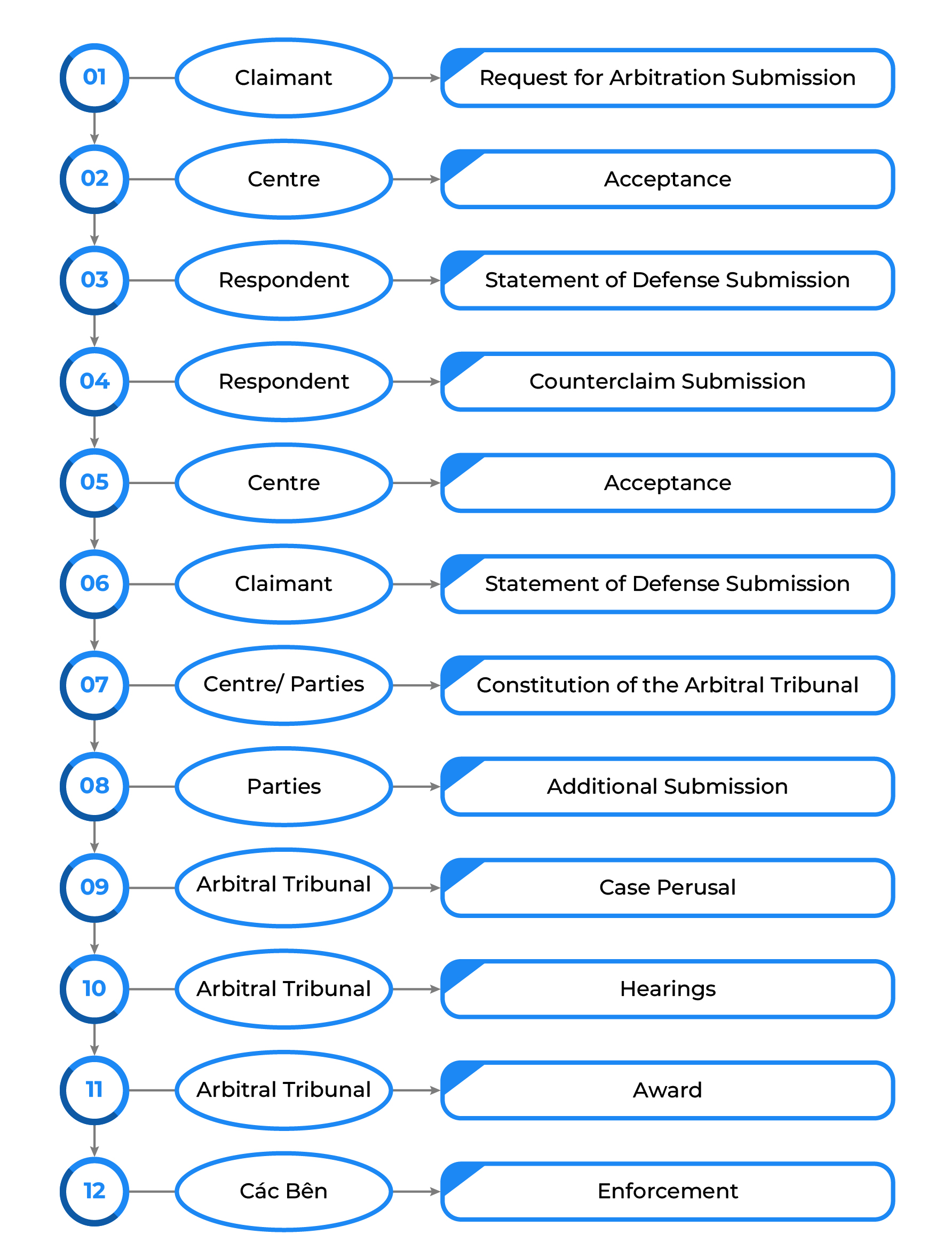
Chart 1: Procedures for dispute resolution at VIAC
Regarding the submission by Parties or the Centre, the Vietnam Institute for International Arbitration Research and Training (Viart) has provided the following chart:
Submission in Arbitration at VIAC

Chart 2: Submissions in Dispute Resolution at SIAC | Source: VIART
Vietnam International Arbitration Center – Summary of the Dispute Resolution Process
In practice, the Dispute Resolution Process may encounter certain variations and the time for the Claimant, Respondent, Centre, Secretariat, or Arbitral Tribunal to perform their tasks may take longer than that demonstrated in the graph above.
However, fundamentally, the dispute resolution process at VIAC is summarized into the following fundamental steps:
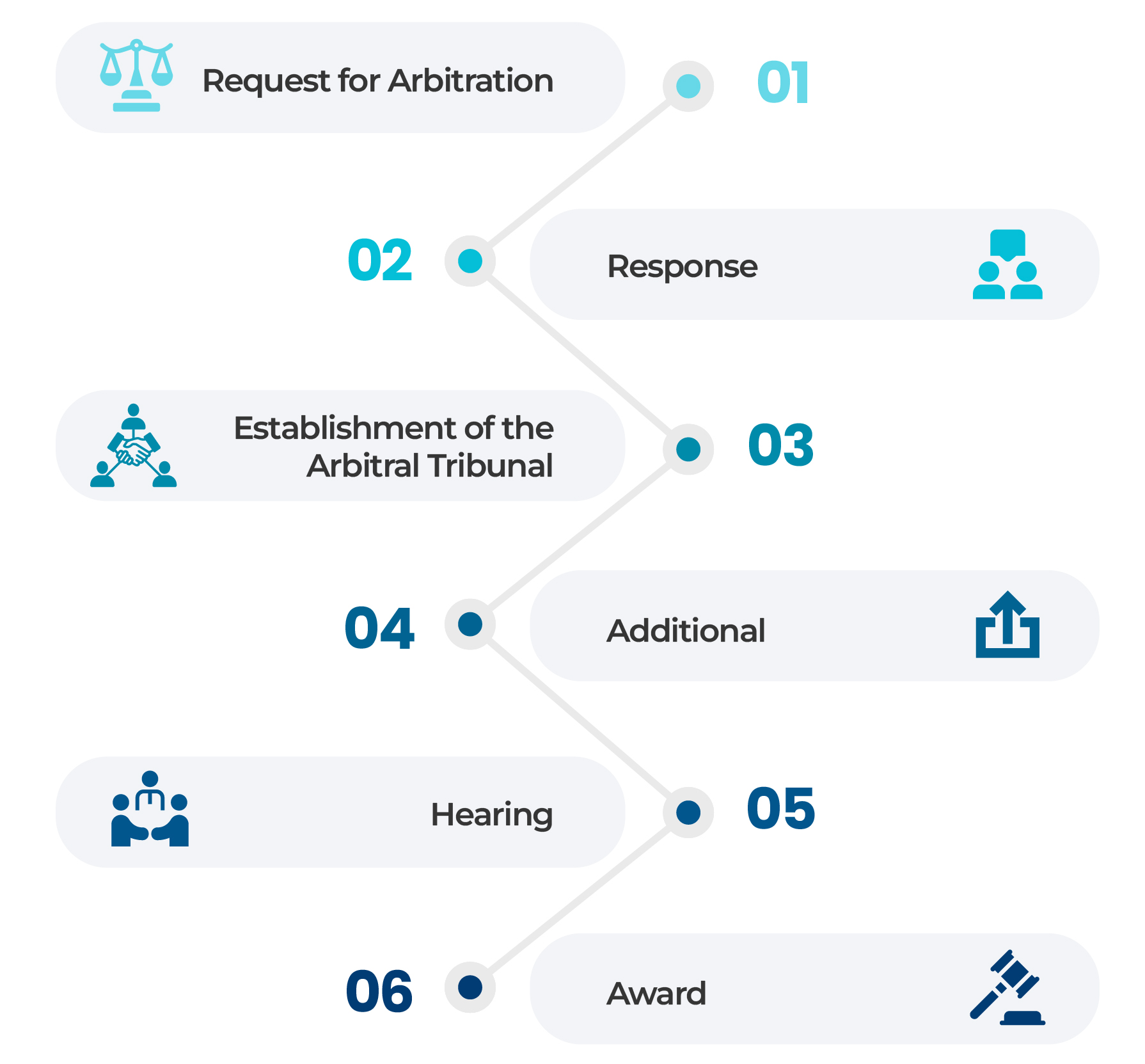
Chart 3: 6 steps in dispute resolution at VIAC
Notes regarding the submissions
When submitting their arguments and opinions to the Centre, Secretariat or the Arbitral Tribunal, the Parties, depending on their capabilities, abilities, and experience, can submit their materials and documentation under any form or method.
However, submissions via email to the Secretariat in advance followed by the submission of a hard copy has become the conventional and most popular method of submission.
In the submissions, each Party, in their best effort, demonstrates their argument in a manner that fulfills the following fundamental requirements:
- Content: The submission must be consistent with the regulations of the Rules and relevant laws, as well as practical circumstances, events, and established facts, in order to defend the arguments therein.
- Presentation format: The submissions are to be made using the form introduced by the Centre, prepared by the Parties or their legal consultants, or any other form that the Party deems appropriate.
Accordingly:
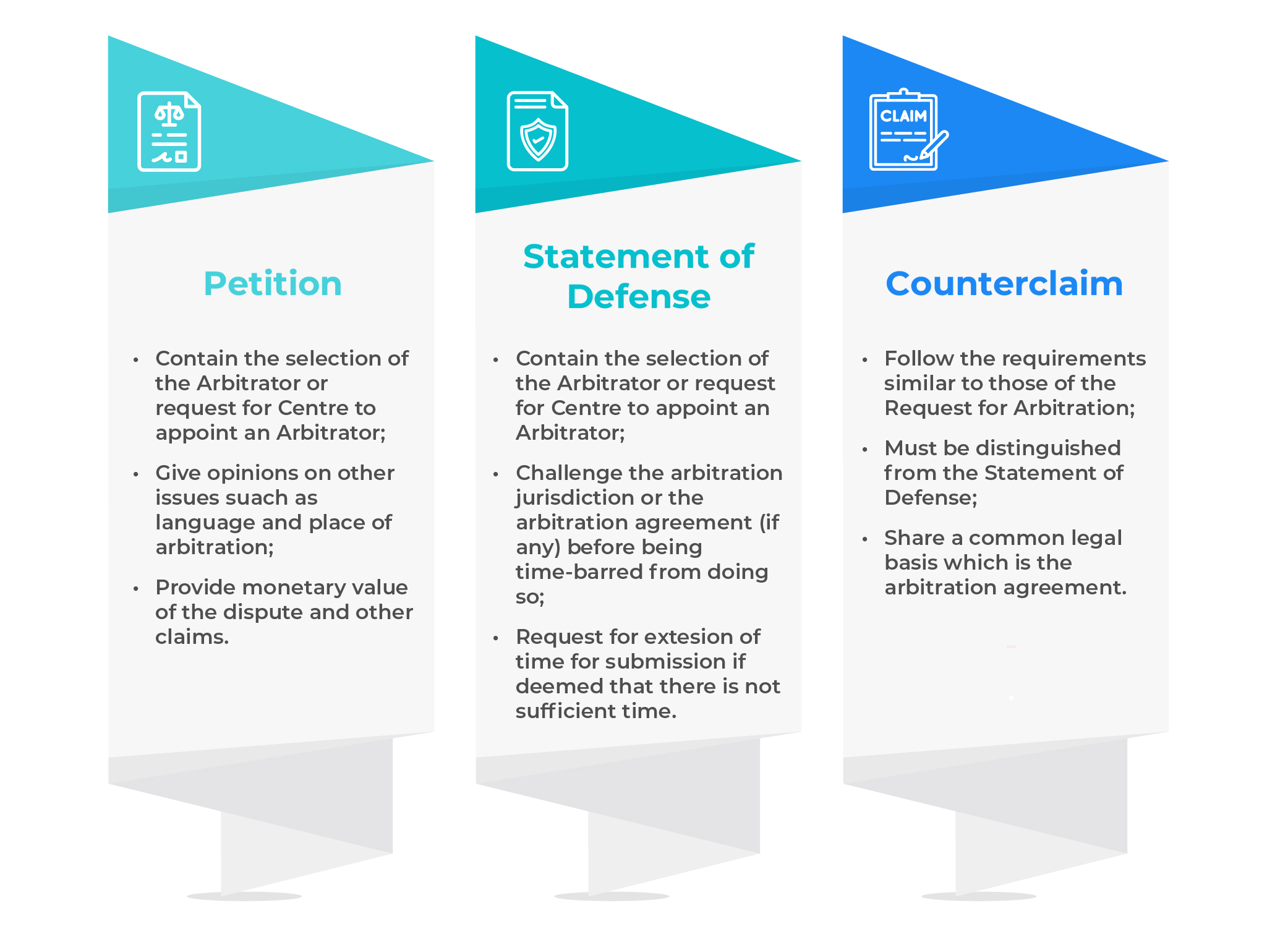
Chart 4: Notes regarding the submissions at VIAC
Requirements for submissions of Request for Arbitration to the Vietnam International Arbitration Center
One of the prerequisites for disputing parties to initiate legal actions at VIAC is the Arbitration Agreement
Arbitration Agreements may be made prior to or subsequent to the occurrence of the dispute and must be made in writing (Article 16.2, 2010 Law on Commercial Arbitration). Arbitration Agreement could be a provision within the Contract or made into a separate appendix to the Contract.
Content of the Request for Arbitration
In the event that a Party wishes to initiate legal action at VIAC and resolve the Dispute, that Party must submit the Request for Arbitration with content consistent with Article 7.2 VIAC Rules, including:
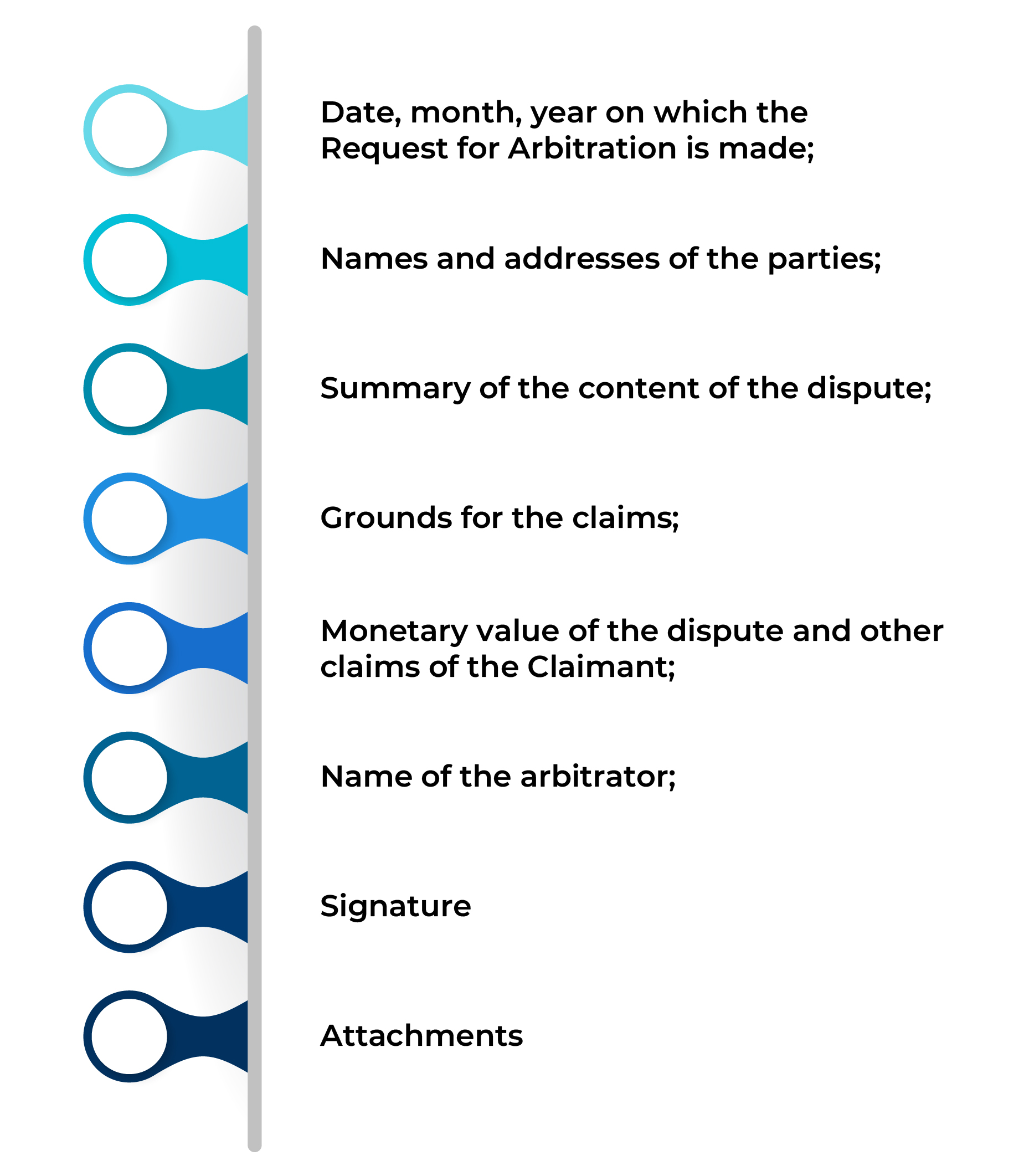
Chart 5: Fundamental content of the Request for Arbitration at VIAC
Attention:
- Regarding the signature: If the Claimant is an organization, the signature in the Request for Arbitration must be that of the legal representative or the authorized representative. If the Claimant is an individual, the signature in the Request for Arbitration must be that of the applicant or the authorized representative.
- Regarding the number of copies: If the Arbitral Tribunal is comprised of a sole Arbitrator, the Claimant must prepare 3 sets of the Request for Arbitration, if the Arbitral Tribunal is comprised of three Arbitrators, the Claimant must prepare 5 sets of the Request for Arbitration.
Legal Significance
The dispute resolution process at VIAC commences from the moment the Vietnam International Arbitration Centre receives the Request for Arbitration from the Claimant, per Article 7.2.
Model Clause for Dispute Resolution at the Vietnam International Arbitration Center
Dispute Resolution Clauses are often diverse and vary between Contracts. However, to facilitate the acceptance of the request, the following model dispute resolution clause may be employed.
“Any dispute arising from or in connection with this Contract shall be ultimately resolved at the Vietnam International Arbitration Centre adjacent to the Vietnam Chamber of Commerce and Industry under the Centre’s Rules that are in effect at the time of dispute resolution.”
The applicable language shall be Vietnamese
The dispute shall be resolved by three arbitrators duly appointed in accordance with the Rules
The place of arbitration is Ho Chi Minh City.”
Request for Arbitration – Procedures for Acceptance
Neither the 2017 VIAC Rules nor the 2010 Law on Commercial Arbitration detailed the preliminary assessment and evaluation by SIAC prior to the acceptance of the Request for Arbitration. Similarly, VIAC has yet to publish any official information regarding the procedures for acceptance of Requests for Arbitration.
However, based on our experience, CNC finds that the procedures for acceptance of Requests for Arbitration are as follows:

Chart 6: Procedures for acceptance of Request for Arbitration
Note Regarding the submission and acceptance of Request for Arbitration
The submission of a request for Arbitration at VIAC is generally more convenient than filing a lawsuit. Accordingly, the Claimant has the options to submit their request for Arbitration via post office.
However, due to the importance of the documents and materials, Claimants are advised to assign a responsible representative for the direct submission of the Request for Arbitration. On this topic, presentation of the Identification Card, Passport, Power of Attorney, and Cover Letter is often required during the submission of a Request for Arbitration.
Meanwhile, VIAC will review the Request for Arbitration and inform the Claimant of whether the case is accepted or rejected, or if further clarification/supplementation is necessary. Depending on the validity and completion of the Request for Arbitration, VIAC variably responds correspondingly.
As such, it is vital that the Claimant cooperates with VIAC to clarify any issues relevant to the Request for Arbitration in the following three cases:
Case 1 – VIAC returns the Request for Arbitration
If the dispute is not under the arbitration jurisdiction as specified in Article 2 of the 2010 Law on Commercial Arbitration, VIAC will return the Request for Arbitration with a statement of reason for such return.
Additionally, VIAC may possibly return the Request for Arbitration in other cases, such as:
- The signatory of the Request for Arbitration is not a party to the arbitration agreement; or
- There exists no arbitration agreement between the parties.
Once the returned Request for Arbitration has been received the, Claimant may initiate legal action at the competent courts or centers.
Alternatively, if the Claimant opines that the dispute is under the jurisdiction of the arbitration center or if further proof of an arbitration agreement can be furnished, the Claimant may resubmit the Request for arbitration along with the additional evidence for VIAC’s review.
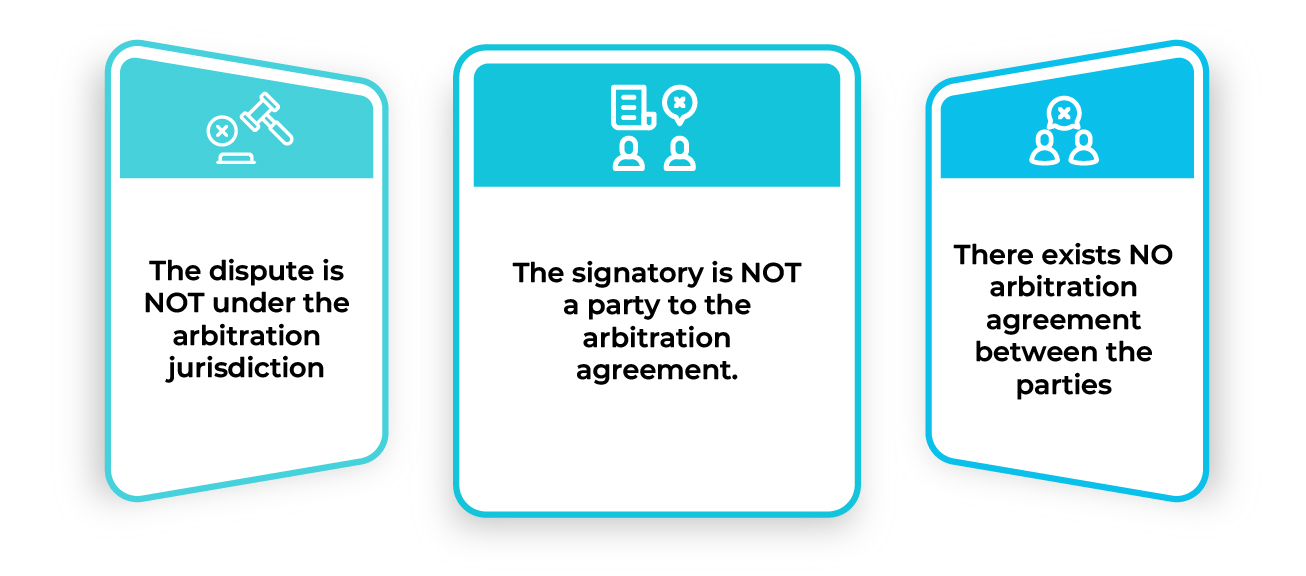
Chart 7: Cases in which VIAC rejects the Request for Arbitration
Case 2 – VIAC requests amendments and/or supplements
It is not uncommon for the Center to request clarification of, amendments, and/or supplements to the documentation previously submitted, especially in complex disputes that involve many attachments to the Request for Arbitration.
Common cases in which the Center requests the Claimant to amend and/or supplement the documentation include when:
- Claimant fails to clarify their claims in the Request for Arbitration
- Claims are conflicting with each other
- Claimant fails to clarify the monetary value of the Dispute
- There exists multiple versions of arbitration agreements.
- The Contract contains multi-tiered dispute resolution clauses
- Both the agreement to resolve disputes via Arbitration at VIAC and the agreement to resolve disputes via litigation simultaneously exist.
In these cases, VIAC issues a notice to the Claimant requesting amendments and/or supplements to validate the Request for Arbitration.
After receiving such notice(s) from VIAC, if the Claimant fails to make amendments and/or supplements as requested, VIAC will return the Request for Arbitration. Alternatively, if the Claimant duly makes the amendments and/or supplements, VIAC accepts the Request for Arbitration and issues a notice of arbitration payment costs.
Case 3 – VIAC accepts and provides notice of arbitration payment costs
Upon accepting the Request for Arbitration, VIAC provides the Claimant with a notice containing instructions pertaining to the payment of Arbitration Costs in accordance with Article 34 and Article 35 of the VIAC Rules.
Subsequently, within 10-days of the receipt of payment of the Arbitration Costs, the Center sends the Respondent a Notice informing them of the Request for Arbitration submitted against them at VIAC by the Claimant along with all of the attachments
Respondent’s Response
Documents – prepared and submitted by the Respondent
Within 30 days of receipt of the Notice regarding the Dispute, the Respondent is obligated to:
- Submit the Statement of Defense with the content outlined in Article 9 of SIAC Rules;
- Select the second arbitrator or request the Centre to appoint an arbitrator
- Submit a Counterclaim (in conjunction with the Statement of Defense)
Do note that, if the Respondent opines that there exists no arbitration agreement between the parties or the arbitration agreement is annulled or impracticable, the Respondent needs to explicitly explain such issues in the statement of defense, or else, the Respondent shall be deemed to have waived their rights.
Under any circumstance, the Respondent must select an Arbitrator or request the Centre to appoint an arbitrator as specified in Article 12.2 or Article 13 of the VIAC Rules.
Constitution of the Arbitral Tribunal
The Constitution of the Arbitral Tribunal is a matter of paramount importance that concerns the Claimant, Respondent, and their respective legal consultants. This is because of the role assumed by the Arbitral Tribunal, namely
- Serving as the body directly responsible for the resolution of the Dispute between Parties, and as such
- The constitution of an Arbitral Tribunal that is impartial, fair, capable, credible, and appropriate to the nature and content of the Dispute would be the key to the efficient resolution of disputes
Number of Arbitrators
Consistent with the rule “…An Arbitral Award by an Arbitral Tribunal is made by a majority decision”, there will always be an odd number of arbitrators.
At SIAC, depending on the agreement of the parties, the Arbitral Tribunal might comprised of a sole Arbitrator (in the event of expedited procedures specified in Article 37 of the Rules) or three Arbitrators.
Constitution of the Arbitral Tribunal at VIAC
The constitution of the Arbitral Tribunal to resolve the dispute at VIAC depends entirely on the agreement between the Parties. Accordingly, unless the parties have agreed on the procedures to select Arbitrators, the Arbitral Tribunal is constituted in accordance with the VIAC Rules.
As such, the constitution of the Arbitral Tribunal follows the steps below:
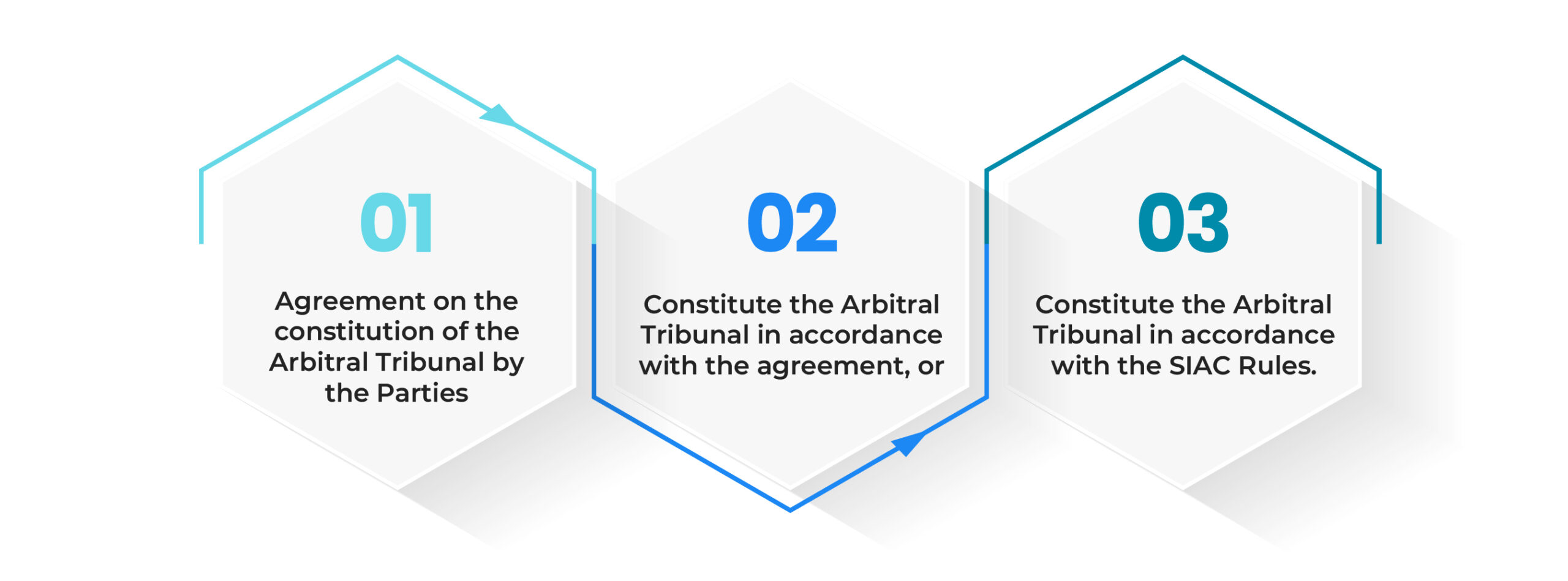
Chart 8: Constitution of the Arbitral Tribunal at VIAC
VIAC Selection and Appointment of Arbitrators
Arbitral Tribunals comprised of a sole Arbitrator – the constitution of such Tribunals is simpler than that of the constitution of those comprised of three arbitrators. Accordingly, Article 13 of the Rules requires Parties to jointly select the sole arbitrator or request the Arbitral Tribunal to appoint the sole arbitrator within 30 days from the date after Respondent receives the Notice from the Centre.
Upon expiration of the above 30-day time limit, the Centre’s President will appoint the sole arbitrator if no individual is jointly selected by the parties.
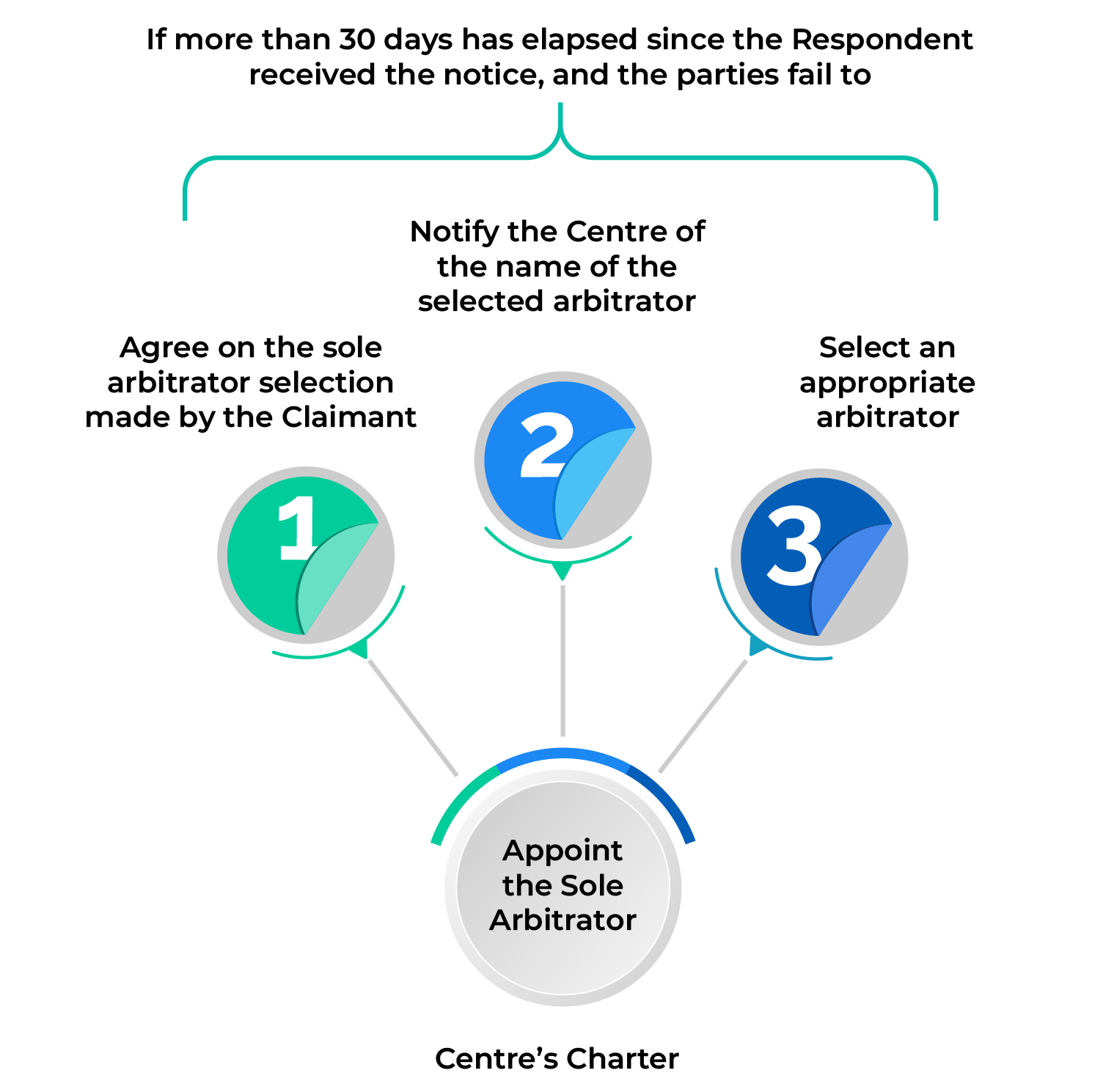
Chart 9: Constitution of arbitral tribunals comprising a sole arbitrator.
Conversely, for Arbitral Tribunals comprised of three Arbitrators, the constitution is significantly more complex. Below are potential scenarios for the constitution of Arbitral Tribunals comprised of three Arbitrators under the VIAC Rules:
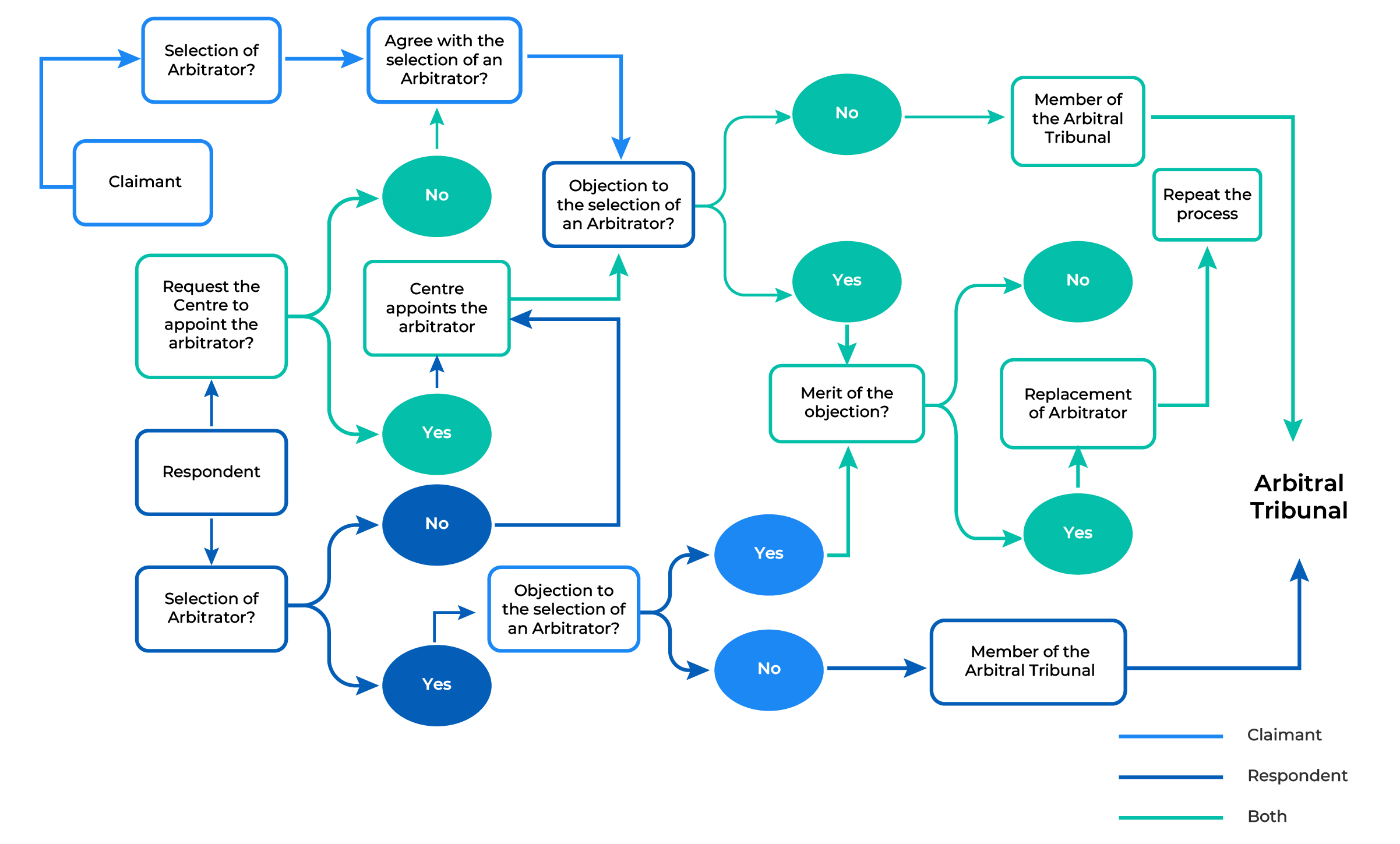
Chart 10: Constitution of arbitral tribunals comprised of three arbitrators
Regarding the constitution of arbitral tribunals comprised of three arbitrators, the Claimant and Respondent each select an arbitrator. Subsequently, the two selected arbitrators jointly select the presiding arbitrator. The three selected arbitrators constitute the Arbitral Tribunal, the body directly responsible for the resolution of the dispute.
However, if either one or both parties fail to select an Arbitrator, the Centre appoints an arbitrator within seven days of the receipt of the request from one or both parties.
If the selected arbitrator is not included in the List of Arbitrators of VIAC, the parties inform the Centre of the address of such an arbitrator, as well as other information requested by VIAC.
Within 15 days from the date on which the selected Arbitrators – selected by the Respondent or Appointed by the Centre’s President – receives the notice of selection or appointment, the selected/appointed arbitrators select a third arbitrator serving as the presiding arbitrator and inform VIAC of the selection. If the Centre does not receive the notification by the expiration date – as noted above – the Centre’s President appoints the Presiding Arbitrator within days after the expiration date.
Qualifications of Arbitrators
According to Article 16 of VIAC Rules, Arbitrators must maintain their impartiality, independence, and transparency throughout the assessment and resolution of the dispute. If the arbitrator selected by the parties fall under the cases specified in clauses 2 and 3 of Article 16 of the Rules, the selected individual is replaced by another Arbitrator.
Moreover, to ensure the prompt resolution of the dispute, it is best for the parties to consider the experience and expertise of the arbitrator relative to the industry of AND the applicable law for the dispute. Furthermore, the nationality of arbitrators is also an issue worth consideration. To warrant neutrality, it is best that Arbitrators NOT share nationality with either of the parties (in cases where the disputing parties have different nationalities)
VIAC Dispute Resolution Hearings
After taking into account the documents presented, as well as the arguments of each of the Parties in the Hearings, the Arbitral Tribunal issues an Arbitral Award resolving all requests of the Disputing parties within 30 days of the closure of the final Hearing.
The Arbitral Award must be made in writing, additionally, arbitral awards are final and carry the same validity as that of a Court Judgment. Therefore, Arbitral Awards cannot be appealed or protested.
In practice, disputes could be resolved via multiple hearings, and the Arbitral Tribunal may make arrangements to ensure that hearings are held consecutively. However, if further documents or evidence are required, and at request of either party, the Arbitral Tribunal might delay the Hearing to a later point in time.
Making of Arbitral Awards
Within 30 days of the closure of the final Hearing, the Arbitral Tribunal issues an Arbitral Award resolving all requests of the disputing parties
Correction and Interpretation of Arbitral Awards
Within 30 days of the receipt of the Arbitral Award by the parties, the Arbitral Tribunal may possibly decide to correct spelling, printing, typographical, or numerical errors, and/or any other errors of a similar nature, as well as incorrect computations of the Arbitral Award. Unless the parties have agreed otherwise on the period of time, a party may also request the Arbitral Tribunal to make the above corrections, provided that the other party has been notified of such a request.
Within 30 days of the receipt of the request, if the Arbitral Tribunal considers the request legitimate and there is proof that the request has been notifed to the other party, the Arbitral Tribunal shall issue a Decision on correction
Similar, within 30 days of the receipt of the Arbitral Award by the parties, unless the parties have agreed otherwise on the period of time, one party might request the Arbitral Tribunal to interpret the Arbitral Award and shall immediately notify the request to the other party. If the Arbitral Tribunal considers the request legitimate and there is proof that the request has been notified to the other party, the Arbitral Tribunal shall make a Decision on interpretation.
Where necessary, the Arbitral Tribunal may extends the periods of time for the correction or the interpretation of the Arbitral Award
The Arbitral Award must be made in writing, additionally, arbitral awards are final and have the same validity as that of the Court’s Judgments. Therefore, Arbitral Awards could not be appealed or protested.
Enforcement of Arbitral Awards
Arbitral Awards have an established period of time for the obligor/losing party to enact the provisions of the Arbitral Award.
Upon the expiration of the above mentioned period of time, if the obligor/losing party has yet to enact the Arbitral Award or completely fulfill their obligations, the obligee/winning party may send the Arbitral Award to the Judgment Enforcement Agency – Civil Judgment Enforcement Department to request compulsory enforcement – a process that is completed without going through the procedures for recognition and enforcement of arbitral awards.
Templates for documents used in dispute resolution at the Vietnam International Arbitration Center
Throughout our operation, CNC’s legal professionals have obtained and become acquainted with some of the templates used in submissions for Dispute Resolution at the Vietnam International Arbitration Centre.
We have removed private, sensitive, or confidential information. Therefore, Clients are free to use the attachments below for their reference
Template 01: Request for Arbitration (click here)
Template 02: Statement of Defense (click here)
Template 02.1: Statement of Defense to the Counterclaim (click here)
Template 03: Counterclaim (click here)
Template 04: Request for Interim measures
Template 05: Request for replacement of aribtrators
Template 06: Cost of Arbitration Refund
Template 07: Request for extension of time for submission of Statement of Defense and Counterclaim
Template 08: Request for postponements of Hearings
Template 09: Challenge of Arbitration Jurisdiction
Template 10: Power of Attorney
Template 11: Request for interpretation of Arbitral Awards (click here)
Template 12: Request for correction and additional awards (click here)
Contact
Contributions or amendments to the content of this article are welcome. Submissions, along with requests for further support, may be made by contacting CNC via the contact information below:
CNC VIETNAM LAW FIRM CO. LTD
Address: 28 Mai Chi Tho, An Phu Ward, Thu Duc City, Ho Chi Minh City, Vietnam
Phone: (84) 2862769900
Hotline: (84) 916545618
Email: contact@cnccounsel.com
Website: cnccounsel
Managed by
 |
Mr. Le The Hung | Managing Partner
Phone: (84) 916 545 618 Email: hung.le@cnccounsel.com |
 |
Mrs. Nguyen Thi Kim Ngan | Partner
Phone: (84) 919 639 093 Email: ngan.nguyen@cnccounsel.com |
Disclaimer:
This article was prepared to be used for the purpose of introducing or informing clients about issues and/or developments of legal perspectives in Vietnam. The information presented in this article does not constitute advice of any kind and may be subject to change without prior notice.
[1] See more information on VIAC at: https://viac.vn
[2] See more information on ICC at: https://iccwbo.org
[3] See more information on ICC Internation Court of Arbitration at: https://iccwbo.org/dispute-resolution-services/icc-international-court-arbitration/
[4] See more information on VIAC at: https://siac.org.sg/
[5] See more information on VIAC Rules 2017 here
[6] See more information on the available language of the VIAC Rules at: https://www.viac.vn/quy-tac-trong-tai.html.


